Veillonella is part of your normal bodily flora, and naturally occurs in your mouth. Oral flora is responsible for the periodontal (gum) disease and tooth decay that affects so many people on a regular basis.
What It Is
This common germ is a small cocci bacterium that is anaerobic – meaning it doesn’t need oxygen to survive. In fact, it needs carbon dioxide to grow. If you were to look at it under a microscope, you’d see it is round in shape, appears in pairs, masses or short chains and doesn’t move around very often.
Although there are around 200 types of bacteria that flourish in your oral cavity. Veillonella works together with Streptococcus bacteria in the early formation of plaque that continually forms on your teeth. As these two bacteria colonize and grow, they lay a matrix that supports the growth of other varieties of bacteria within the plaque. But during the first day of the germ’s growth, 60 to 90 percent of the bacteria in plaque is streptococci whereas only 5 percent is Veillonella.
Why Veillonella Forms
Bacterial communities are not formed randomly; they’re quite selective, believe it or not, developing in a way that supports the growth of many species of bacteria at once. Veillonella, for example, doesn’t ferment dietary sugars as does Streptococci, but it does use the lactic acid produced by Streptococci in order to produce its own. So, in essence, this bacterium could not survive if it didn’t coexist with Streptococci, and there are other species of bacteria that need the environment created by this bacterium in turn.
When tooth enamel is exposed to these bacterial acids over a period of time, dental decay results. And the acidic conditions caused by this bacteria underneath the gumline eventually destroy the supporting structures of the teeth, thus leading to tooth loss if left untreated.
What You Can Do
It’s discouraging to think that as soon as you’re done with your oral hygiene routine, Veillonella and other disease-causing bacteria begin to rebuild their homes in your mouth. This is why keeping up with your oral hygiene is really important. You need to regularly remove plaque from your teeth to disrupt bacterial colonies before they can cause any harm. And while you can’t completely eliminate them from your mouth (some bacteria are actually helpful), you can keep your oral flora from getting out of hand:
- Brush at least two to three times a day with fluoride toothpaste, and floss at least once a day to clean bacteria from between your teeth.
- Replace your toothbrush regularly, at least four times a year. Old worn brushes don’t clean well and eventually harbor bacteria – defeating the toothbrush’s purpose.
- Clean your tongue too, as it is also the home of this and other related bacteria.
- Use an antibacterial mouthwash to help reduce the number of harmful mouth bacteria.
- Don’t “feed” the flora. Limit your intake of sugars and carbohydrates to cut down the number of times a day your teeth are exposed to the acids that allow flora to build up and irritate the gums.
- Schedule appointments for professional cleanings (at least twice a year) to have plaque and tartar buildup removed so that it doesn’t trap bacteria underneath your gumline.
Most flora in your mouth are harmless to you unless they have the opportunity to organize and grow. Don’t let these culprits make you a victim of bad breath, tooth decay or gum disease. Keep a diligent home care routine, and remember.
